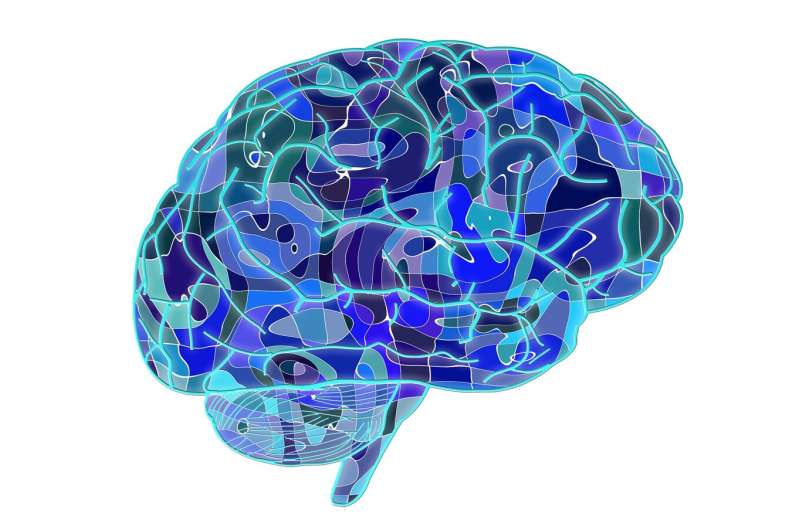This article has been reviewed according to Science X's editorial process and policies. Editors have highlighted the following attributes while ensuring the content's credibility:
fact-checked
peer-reviewed publication
trusted source
proofread
Striking changes to metal levels discovered in brain tissue of patients with Huntington's disease

Scientists from The Universities of Manchester and Auckland have discovered widespread differences in metal levels in the brains of patients with Huntington's disease, a type of dementia, compared to a control group with healthy tissue.
In a study published in eBioMedicine, the elements, including selenium (a metalloid), sodium, potassium, magnesium, calcium, iron, zinc, copper, and manganese, were studied in 11 parts of the brain.
In particular, the scientists found substantial decreases in selenium levels in all 11 regions of the HD brains, calculating there was a high risk of having the disease when levels are low.
Increased sodium and potassium ratios were observed in every region except the substantia nigra, and many of the regions showed increased calcium and/or zinc levels. Localized decreases in iron, copper, and manganese were present in the globus pallidus, cerebellum, and substantia nigra, respectively.
Huntington's disease is a fatal condition that causes nerve cells in parts of the brain to gradually break down and die, resulting in memory lapses, stumbling, involuntary jerking, mood swings and problems swallowing, speaking and breathing.
Caused by a faulty gene inherited from a parent and often occurring between the ages of 30 and 50, its pathogenic mechanisms remain poorly understood.
There is currently no treatment for HD and according to the Alzheimer's Society it affects around 8 in every 100,000 people in the U.K.
The scientists analyzed tissue from the NZ Neurological Foundation Douglas Human Brain Bank at the University of Auckland donated by nine people with HD after they died.
Selenium is known to have an important role in protection against oxidative stress—an imbalance between free radicals and antioxidants which can damage organs and tissues and lead to HD.
It is also implicated in the dysfunction of mitochondria, one of the main powerhouses of human cells, which is also known to occur in the development of HD.
Sodium and potassium play an important role in the central nervous system by regulating the conduction of electrical nerve impulses.
Calcium, zinc, iron copper and manganese are also involved in processes as wide-ranging as gene expression, cell signaling, and cell death.
The areas with different levels of neurodegeneration were studied using cutting edge technology called inductively coupled plasma mass spectrometry.
Lead author Dr. Melissa Scholefield said, "This is the first known study which investigated metals simultaneously across many regions of the HD brain in the same cohort.
"We think the changes we found in their levels could contribute to several pathogenic mechanisms, including mitochondrial dysfunction, oxidative stress, and blood–brain barrier dysfunction, as shown by previous studies in mice.
"However, we caution that it is dangerous to self-medicate with supplements; the blood-brain barrier could mean these could elements might build up in someone's blood stream, with potentially toxic effects."
Principal Investigator Professor Garth Cooper said, "The most striking finding is the deficiency of selenium in every part of the brain we studied.
"Because selenium was deficient in all regions of the brain, that might mean it could be easier to one day target therapeutically, as it's very hard to home in on specific brain regions.
"Further studies determining the time course, cause, and downstream effects of selenium alterations in HD may eventually present a potential therapeutic target for the treatment of this disease.
"However, the results from the current human brain study should be treated as preliminary due to the relatively small size of our cohort."
More information: Melissa Scholefield et al, Widespread selenium deficiency in the brain of cases with Huntington's disease presents a new potential therapeutic target, eBioMedicine (2023). DOI: 10.1016/j.ebiom.2023.104824



















